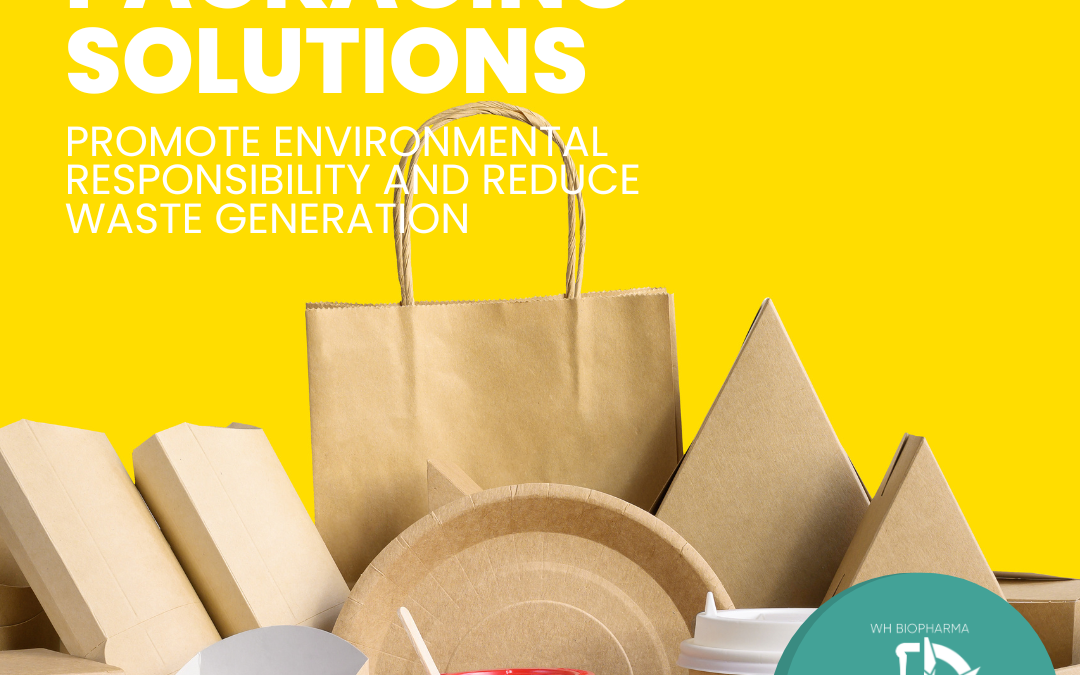In a groundbreaking development, single-piece cardboard packaging has emerged as a revolutionary solution, transforming the landscape of sustainability in the packaging industry. This innovative packaging approach addresses the growing concerns over waste generation, plastic pollution, and resource depletion, marking a significant step towards a more eco-friendly future.
Traditional packaging often involves multiple components made from various materials, such as plastic, foam, and metal, making recycling and disposal a complex process. However, single-piece cardboard packaging eliminates the need for these additional materials, offering a simplified, environmentally responsible alternative.
By significantly reducing material usage, single-piece cardboard packaging minimizes the environmental impact associated with the packaging industry. This reduction in resources not only conserves valuable raw materials but also reduces energy consumption and carbon emissions during the production and transportation processes.
One of the most significant advantages of single-piece cardboard packaging is its recyclability. Unlike many plastic-based alternatives, cardboard is highly recyclable and widely accepted by recycling facilities. This feature facilitates the implementation of a circular economy by reducing waste and promoting the reuse of valuable materials.
Moreover, single-piece cardboard packaging holds another significant advantage: biodegradability. Unlike plastics that persist in the environment for centuries, cardboard naturally breaks down over time. This characteristic reduces the burden on landfills, minimizing long-term environmental impacts and contributing to a more sustainable waste management system.

The versatility of cardboard also contributes to its appeal. The material can be easily molded, cut, and formed into various shapes and sizes, providing optimal protection for a wide range of products. This versatility allows companies to design custom packaging solutions that fit their specific product requirements, reducing the need for additional packaging components and further enhancing sustainability.
Furthermore, the lightweight nature of cardboard offers additional environmental benefits. Compared to heavier materials like metal or glass, cardboard is lighter, resulting in reduced transportation costs and energy consumption during shipping. This aspect not only minimizes carbon emissions but also contributes to overall sustainability efforts.
Companies embracing single-piece cardboard packaging also benefit from enhanced branding opportunities. The surface of the packaging can be printed with branding elements, product information, and designs, allowing businesses to showcase their brand identity and engage with customers on a deeper level.
Consumer preferences are increasingly shifting towards sustainable products and packaging. Single-piece cardboard packaging resonates with the growing demand for eco-friendly solutions, making it an attractive choice for environmentally conscious consumers. The adoption of this innovative packaging approach can improve brand perception and contribute to a positive customer experience.
As the packaging industry strives to reduce its environmental impact, single-piece cardboard packaging emerges as a game-changer. Its recyclability, biodegradability, versatility, reduced material usage, and lightweight nature position it as a leading sustainable alternative to traditional packaging materials. By embracing this innovative solution, companies can showcase their commitment to environmental responsibility and meet the evolving expectations of a socially and environmentally aware consumer base.
In the quest for a greener future, single-piece cardboard packaging is paving the way for a more sustainable and circular economy, where waste is minimized, resources are conserved, and environmental impacts are significantly reduced.

